Greater protection for humpback whales in southern Australia is now possible thanks to the work of the Two Bays Whale Project. We now think Bass Strait could be a previously unknown ‘whale corridor’ for some humpback whales on their winter migration along Australia’s east coast. This understanding is critical to conservation.
The Two Bays Whale Project and its partners, the Dolphin Research Institute and Wildlife Coast Cruises have just catalogued the 50th whale into the Victorian Humpback Whale Catalogue! ‘Two Bays’ denotes the particular interest in whales along Victoria’s central coast.
“The milestone could not have come at a better time” said project coordinator David Donnelly, who’s niece photographed whale number 50. “We have been documenting large whale movements in the Port Phillip and Western Port region since 2001 but have only recently started cataloguing humpback whale flukes as part of the national humpback whale fluke collective” Donnelly said.
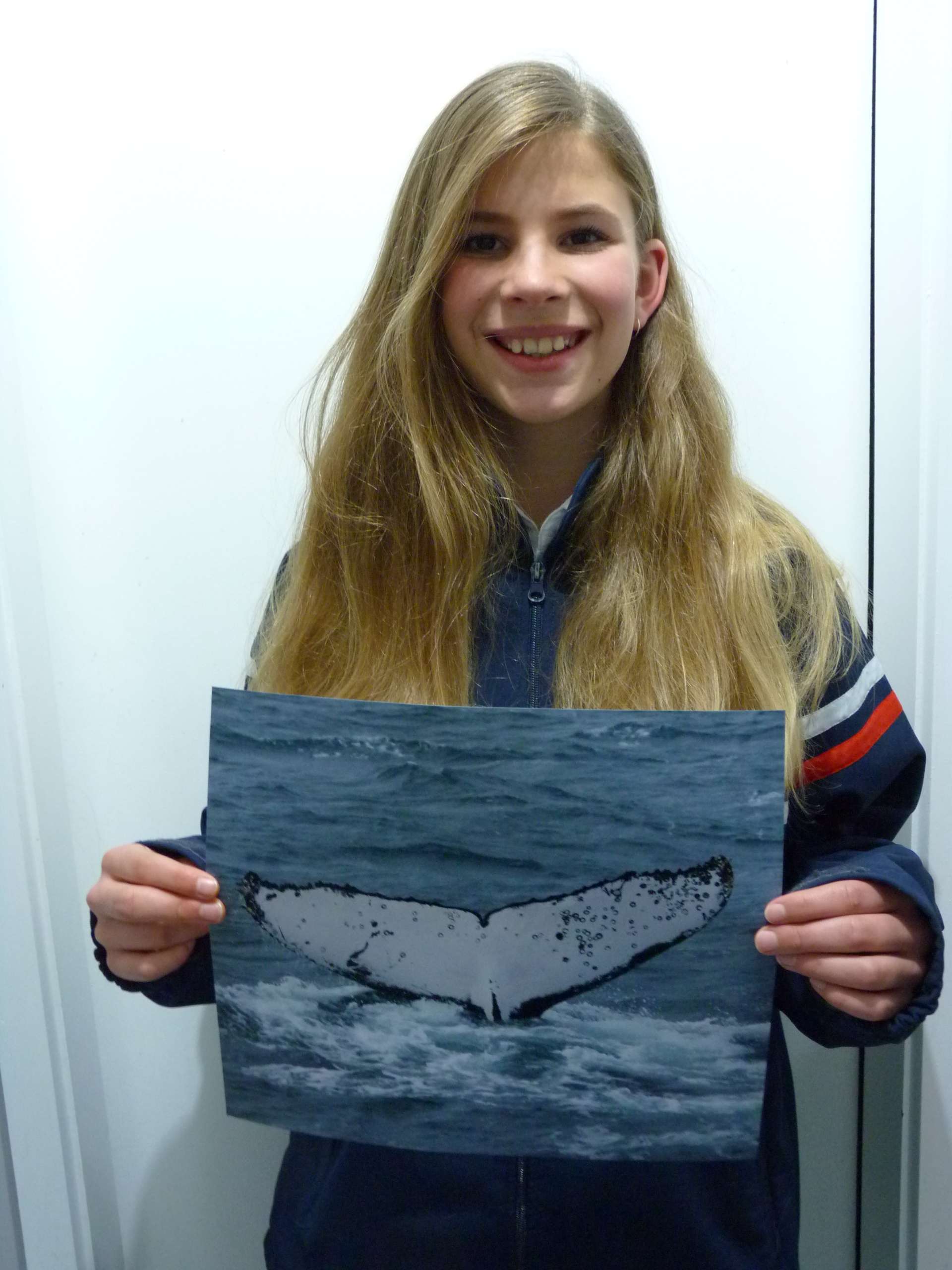
Citizen Science at work. Alana Loschenkohl holding the images of the 50th Whale in the Victorian Catalogue. She photographed this animal.
It can be quite difficult to get clear identification images of humpback whales but year 7 Emerald Secondary College student Alana Loschenkohl managed to snap an image of VIC_0050 as it lifted its fluke (tail) above the water off the coast of Kilcunda on July 8th. Alana was visiting Phillip Island with her family when a trip out on a Winter Whale Cruise with Wildlife Coast Cruises provided her with the opportunity to snap the unique fluke. “It was quite amazing seeing the whales so close to the boat, playing with dolphins and seals” said Alana. “I didn’t really know that my photo would be so important but I’m happy it is” she went on to say. Alana’s photo is one of many submitted to the Two Bays Whale Project by members of the public over the last three years.
Working with interstate colleague Peta Beeman at Southern Cross University, has now produced a confirmed match for VIC_0050 to a sighting off Byron Bay, New South Wales in 2014. “This is extremely exciting and very rewarding for the Two Bays Whale Project team as its our first interstate re-sight”
Individual humpback whales can be identified using photographs of the unique black and white patterning found on the underside of the fluke, also known as the tail.
This year, it is expected that up to 26,000 humpback whales will make the northerly migration along Australia’s east coast to the calving grounds…a far cry from the post whaling population estimate of around 200.
Little is known about the migration of humpback whales along Victoria’s south coast but with interest growing and the ongoing work of the Two Bays Whale Project, it is hoped that we may soon be able to unlock some of the secrets of these magnificent winter visitors.
Keen whale watchers who wish to catch a glimpse of these ocean giants can either join a Winter Whale Cruise from Cowes, Phillip Island or take a pair of binoculars and seek high ground along our beautiful coastline.
Members of the community can find out about getting involved and supporting the Two Bays Project at www.dolphinresearch.org.au/twobays. We have a 100 WHALES Appeal to reach the 100 Whale milestone in the Victorian catalogue.
MEDIA
CONTACTS: for interviews or inquiries.
Alana Loschenkohl will be available for interviews (Call David Donnelly)
- David Donnelly (Two Bays founder and curator): 0401 011 022
- Jeff Weir (DRI Executive Director): 0419 356 388
- Email: director@dolphinresearch.org.au
RESOURCES:
- Images and vision of whales in the Two Bays region are available on request.
Notes:
The best land-based locations to see whales in the Two Bays region are:
- Barwon Bluff
- Port Phillip Heads
- Cape Schanck
- The Nobbies, Pyramid Rock and Cape Woolamai on Phillip Island and the Bass Coast.
Report sightings to the Two Bays Whale Project at www.dolphinresearch.org.au/research/report-sightings/
Whale Watching Regulations: Don’t deliberately approach a whale closer than:
- 200m for vessels
- 300m for jetskis
- 500m height for aircraft (including drones)
#caringforourbays
#whalesvictoria
#dolphinresearchinstitute
#humpbackwhales
#citizenscience
#twobayswhaleproject
#wildlifecoastcruises
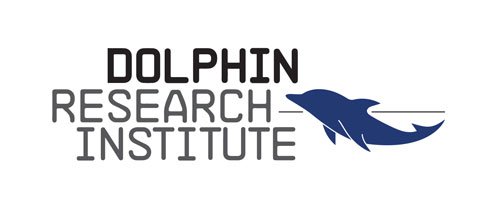
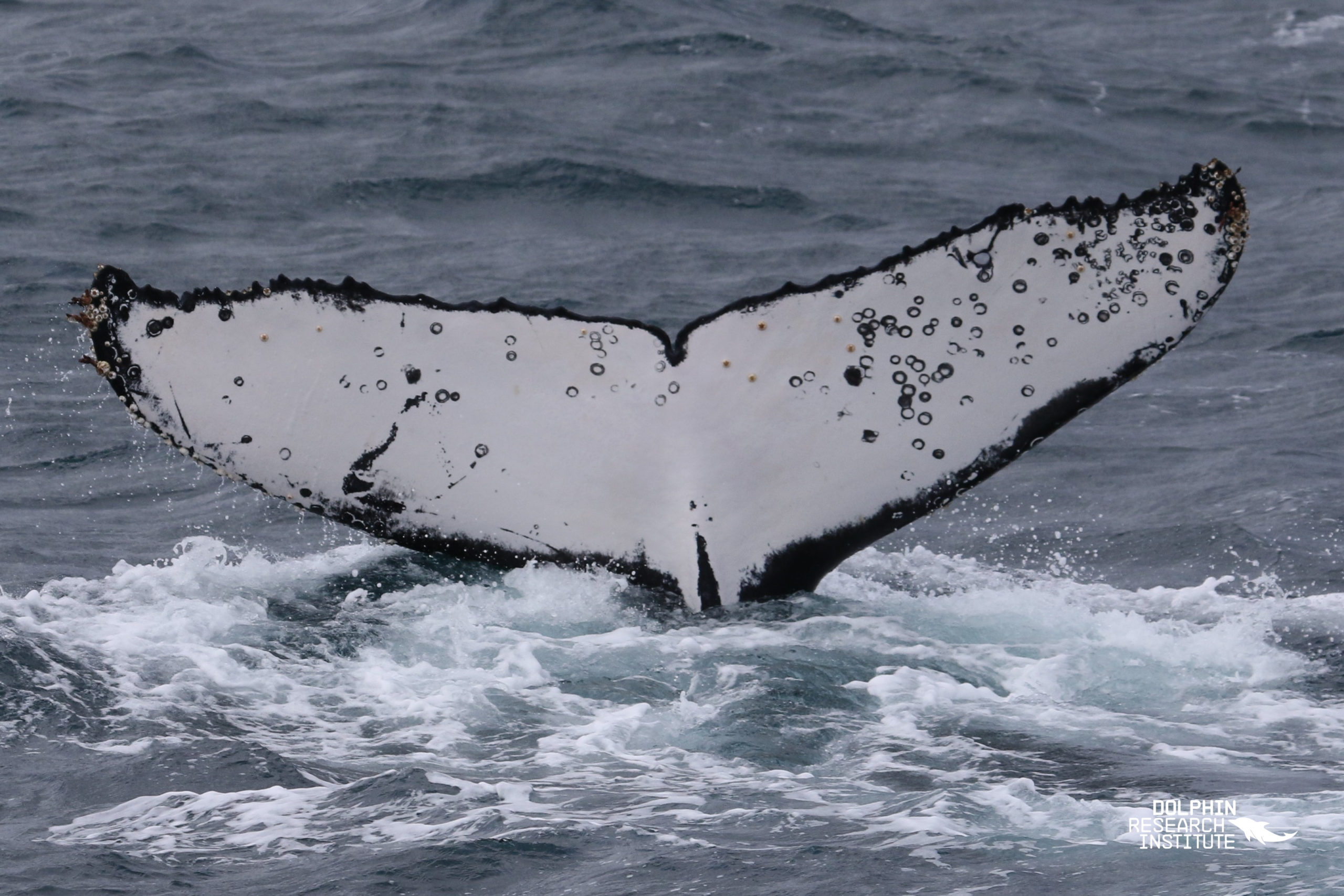


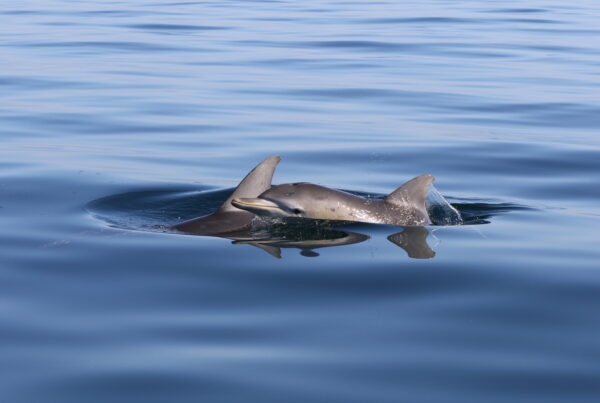
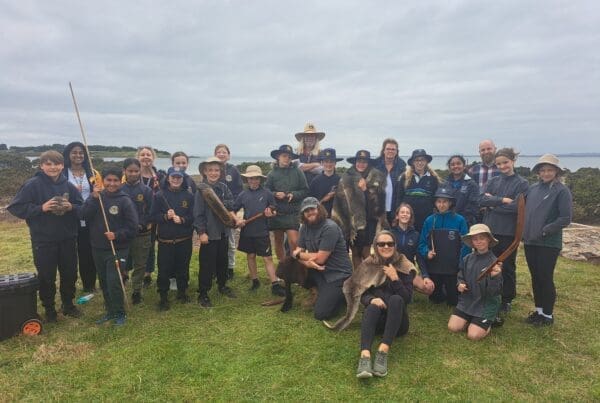
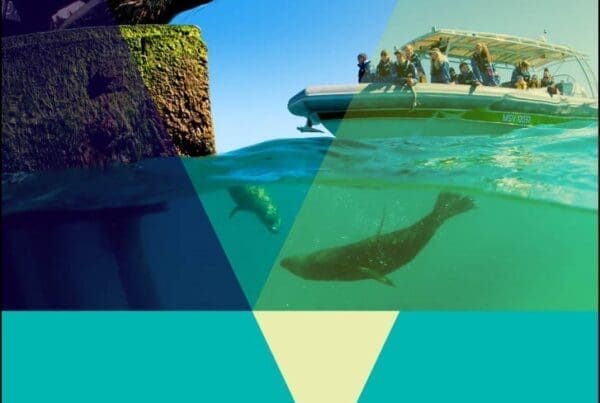
Well done to the Two Bays Whale Project and Dolphin Research Institute! Amazing to hear about the progress of whales in our bays.